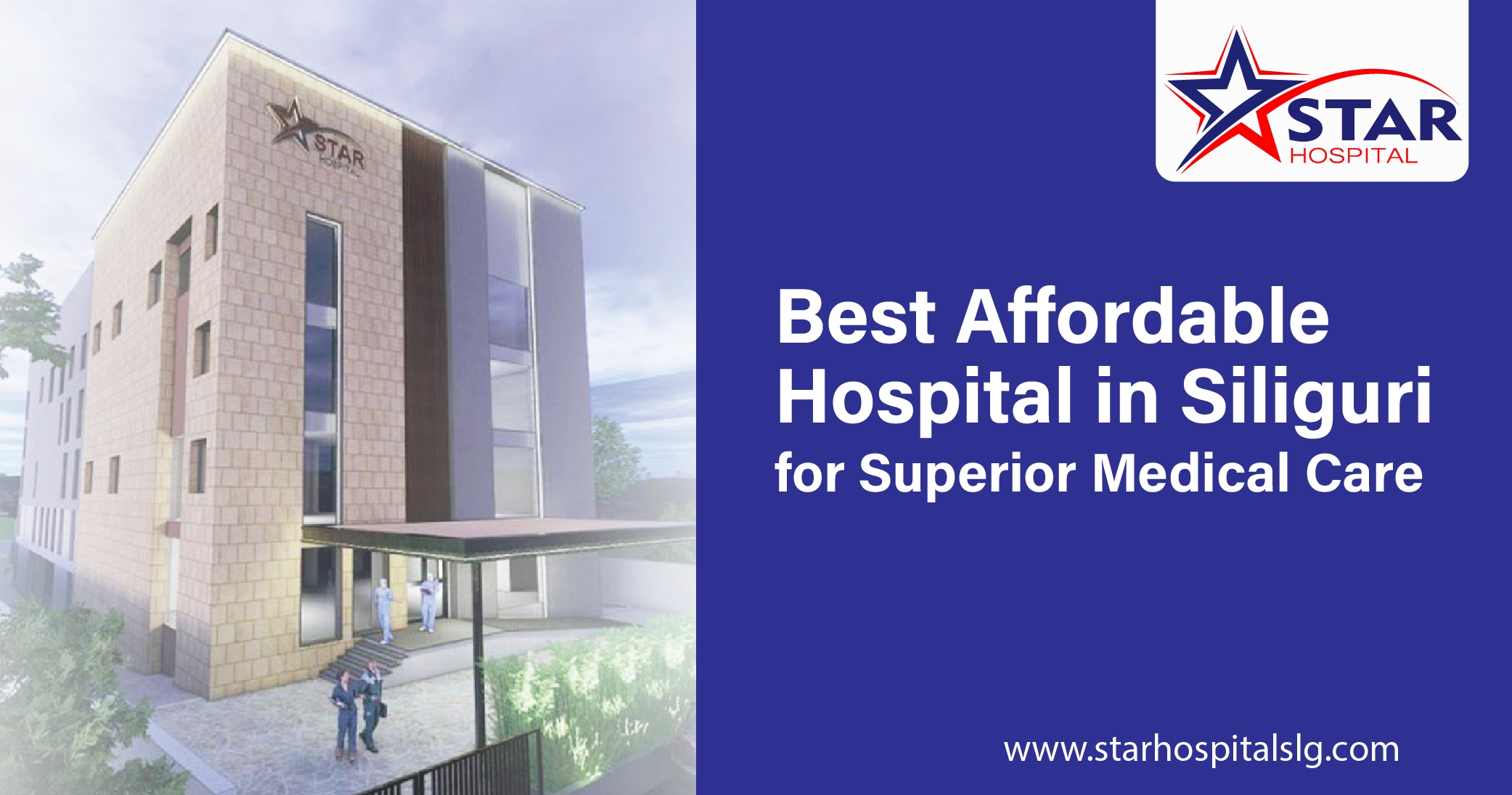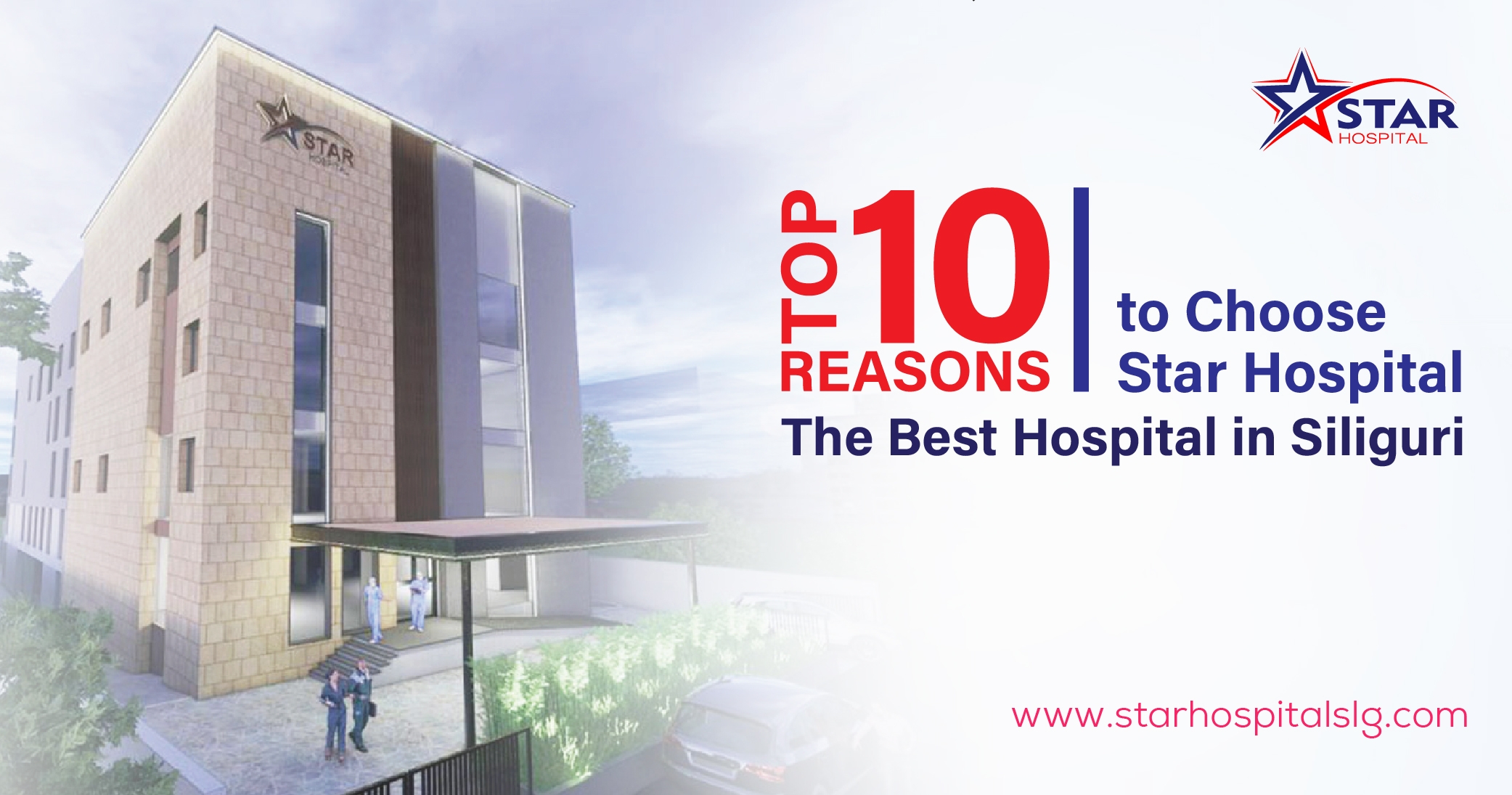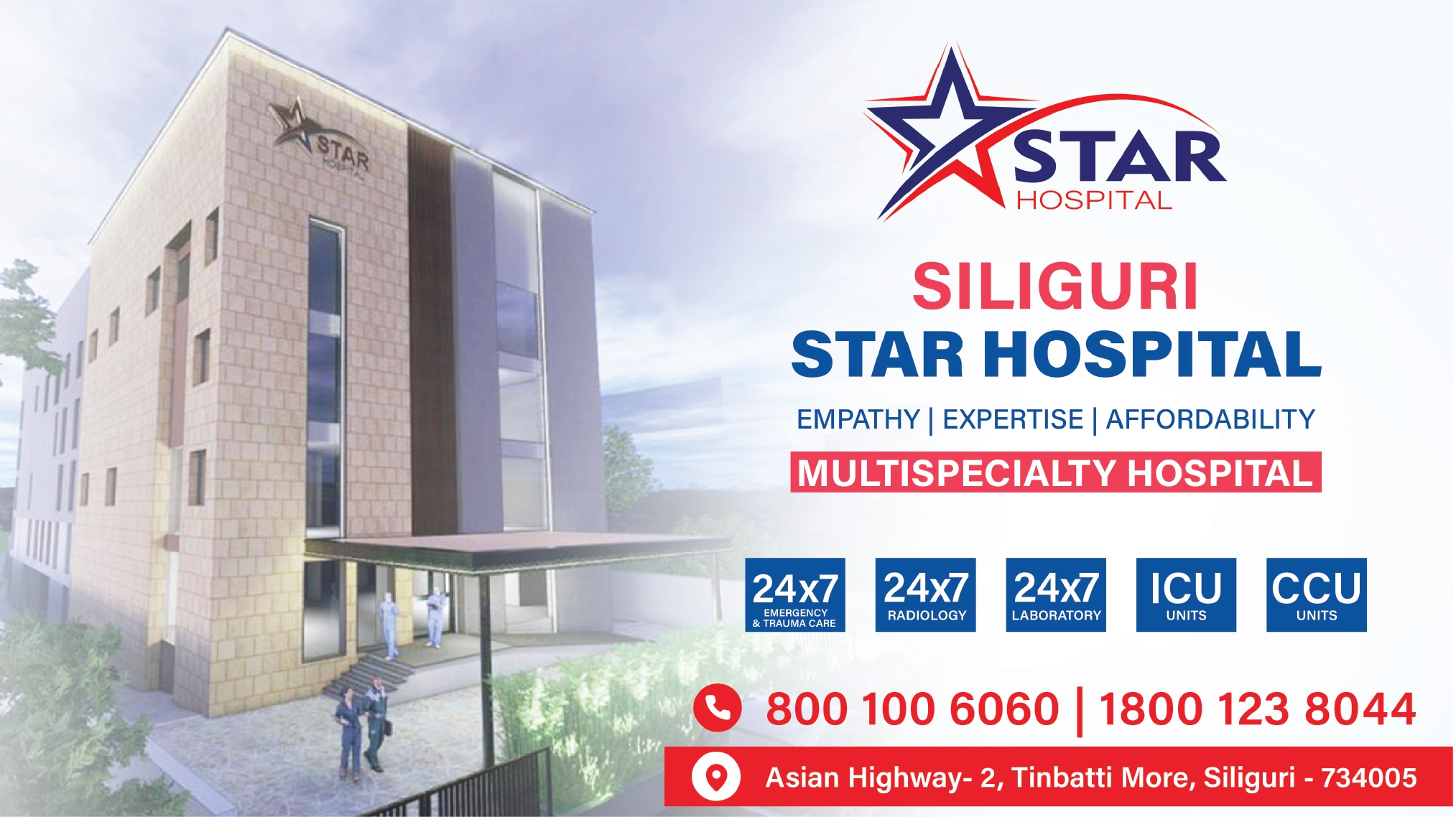Joint health is very important for preserving mobility and quality of life, particularly as people age or sustain injuries. Two orthopaedic treatments, arthroscopy and arthroplasty, have greatly revolutionized the way that physicians identify and treat joint problems. From the perspective of Dr. Archishman Das and Dr. Washif Rashid, prominent orthopaedic and joint replacement surgeons at Star Hospital Siliguri, understanding these procedures is essential for patients seeking relief from joint pain or dysfunction. If you’re searching for an orthopaedic doctor in Siliguri, this guide offers insight into the benefits and applications of these revolutionary treatments.
Joint Diagnosis and Therapy using Arthroscopy
Physicians use arthroscopy, a minimally invasive surgery, to find and treat joint issues. A small camera, called an arthroscope, is inserted into the joint through a tiny cut. This camera shows the inside of the joint in real time, making it easier to diagnose and treat complex joint problems with a short recovery time.
When is arthroscopy advised?
Arthroscopy is recommended for conditions that affect joint movement or cause pain. Some common conditions treated with arthroscopy include:
Cartilage Tears: arthroscopy can be used to remove or repair cartilage tears, which are particularly common in the knee.
Meniscus Tears: Often seen in athletes, these injuries are treated with arthroscopy.
Ligament Injuries: Ligaments like the ACL in the knee can be repaired or reconstructed.
Joint Inflammation: Conditions like synovitis, which cause joint inflammation, can be treated with arthroscopy.
Bone Spurs: Small bony growths in joints which can be removed to relieve pain and improve movement.
How is the process carried out?
Usually, local, regional, or general anaesthesia is used for arthroscopy.
An overview of the procedures are given below:
Small Incision: The arthroscope is inserted by the surgeon after making a tiny incision close to the joint.
Visual Inspection: The camera shows real-time images, allowing the surgeon to examine the joint closely and come to a conclusion.
Treatment: Special tools are used through small cuts to repair damaged tissue.
Closure: Once finished, the cuts are closed, and most patients can go home the same day.
The advantages of arthroscopy
According to top orthopaedic physician Dr. Washif Rashid, arthroscopy has the following significant benefits:
Less Invasive: The surrounding tissues sustain less damage when tiny incisions are made.
Faster Recovery: Post-operative discomfort is typically lessened and recovery periods are shorter.
Minimal Scarring: Small incisions mean quicker healing.
Arthroscopy often lets patients go home the same day, shortening hospital stays.
These benefits make arthroscopy a flexible treatment for joint issues, commonly used on knees, shoulders, elbows, wrists, and ankles.
Arthroplasty: Using Joint Replacement Surgery to Restore Function
Joint replacement, or arthroplasty, is advised for serious joint damage. In this procedure damaged joint surfaces are replaced with artificial parts made of ceramic, plastic, or metal. According to Dr. Archishman Das, a qualified orthopaedic specialist in Siliguri, arthroplasty is ideal for patients with severe joint injuries or advanced arthritis, where pain significantly affects their quality of life.
Types of Arthroplasty
Complete Joint Replacement: An artificial prosthesis is used to replace the whole joint. The shoulder, knee, and hip are frequently replaced entirely.
Partial joint replacement preserves as much of the natural joint as possible by replacing only the damaged portion.
Revision Arthroplasty: When a previously done joint replacement worns out with time or isn't working properly, then the old one is replaced with a new one.
Conditions That May Call for Arthroplasty: When medication or physical therapy have failed to improve a condition, arthroplasty is frequently suggested.
The following conditions may require an arthroplasty:
Osteoarthritis: A type of arthritis caused by wear and tear that damages cartilage, leading to pain and limited movement.
Rheumatoid Arthritis: An inflammatory disease that causes swelling and damage to joint structures.
Trauma: Severe fractures or joint injuries may require joint replacement.
Congenital Conditions: Some individuals are born with joint abnormalities that can lead to early degeneration of the joints and in such cases this treatment proves to be useful.
Overview of the Arthroplasty Procedure
Anesthesia: To guarantee patient comfort, either general or regional anesthesia is used.
Removal of Damaged Tissue: In order to prepare the area for the implant, the surgeon makes an incision and removes any damaged bone or cartilage and prepares the area for the implant.
Implantation of the Prosthetic: The new joint implant is positioned with precision.
Closure and Recovery: After closing the incision, the surgeon examines the stability and functionality of the joint.
Recuperation and Rehabilitation
For the best healing after surgery, a personalized recovery plan is necessary. Patients are typically offered physical therapy to help them regain joint strength, flexibility, and mobility. Majority of patients report considerable pain alleviation and increased joint function, and while rest assured full recovery may take several months.
The advantages of arthroplasty
Pain Reduction: Joint replacement removes the painful bone-on-bone contact.
Increased Mobility: A lot of people discover that they can resume their favorite hobbies.
Enhanced Quality of Life: For those who suffer from serious joint problems, arthroplasty considerably improves their quality of life and helps in pain management.
Why choose Star Hospital in Siliguri for Joint Care?
As the top multispecialty hospital in Siliguri, Star Hospital Siliguri is well known for providing a variety of orthopaedic services with highly qualified doctors and cutting-edge equipment. With their vast backgrounds in arthroscopy and arthroplasty, Dr. Archishman Das and Dr. Washif Rashid both offer patients skilled care that is customized to meet their individual requirements.
Tailored Therapy Programs
The orthopaedic staff collaborates closely with each patient to create a treatment plan that fits their lifestyle, whether it involves surgery, diagnostic imaging, or a consultation.
Latest Methods and Technology
Star Hospital guarantees that the patients experience less discomfort, quicker recovery time, and best long-term results by using the latest technology and least invasive procedures.
Advice on Preserving Joint Health Recovery after surgery.
Here are some tips from Dr. Archishman Das and Dr. Washif Rashid to help maintain joint health after surgery:
Regular Exercise: Low-impact exercises, like swimming or cycling, strengthen muscles around the joints and support stability.
Observe Physical Therapy Guidelines: Regaining strength and flexibility depends on completing your recommended treatment plan.
Healthy Weight: Maintaining a healthy weight and eating a balanced diet helps in the overall well being of the person.
Attend follow-up consultations: Doctors can track progress and identify possible problems early with routine check-ups.
Conclusion
The orthopaedic staff at Star Hospital Siliguri are prepared to offer excellent care, whether you are looking for a minimally invasive arthroscopic surgery or a total joint replacement through arthroplasty. With individualized treatment programs, cutting-edge technology, and caring care, Dr. Archishman Das and Dr. Washif Rashid are dedicated to helping you improve your quality of life, regain your mobility, and reduce pain.
If you’re looking for the best orthopaedic doctor in Siliguri, consider Star Hospital for expert joint care. Schedule a consultation today and take the first step towards a more active, pain-free life.





